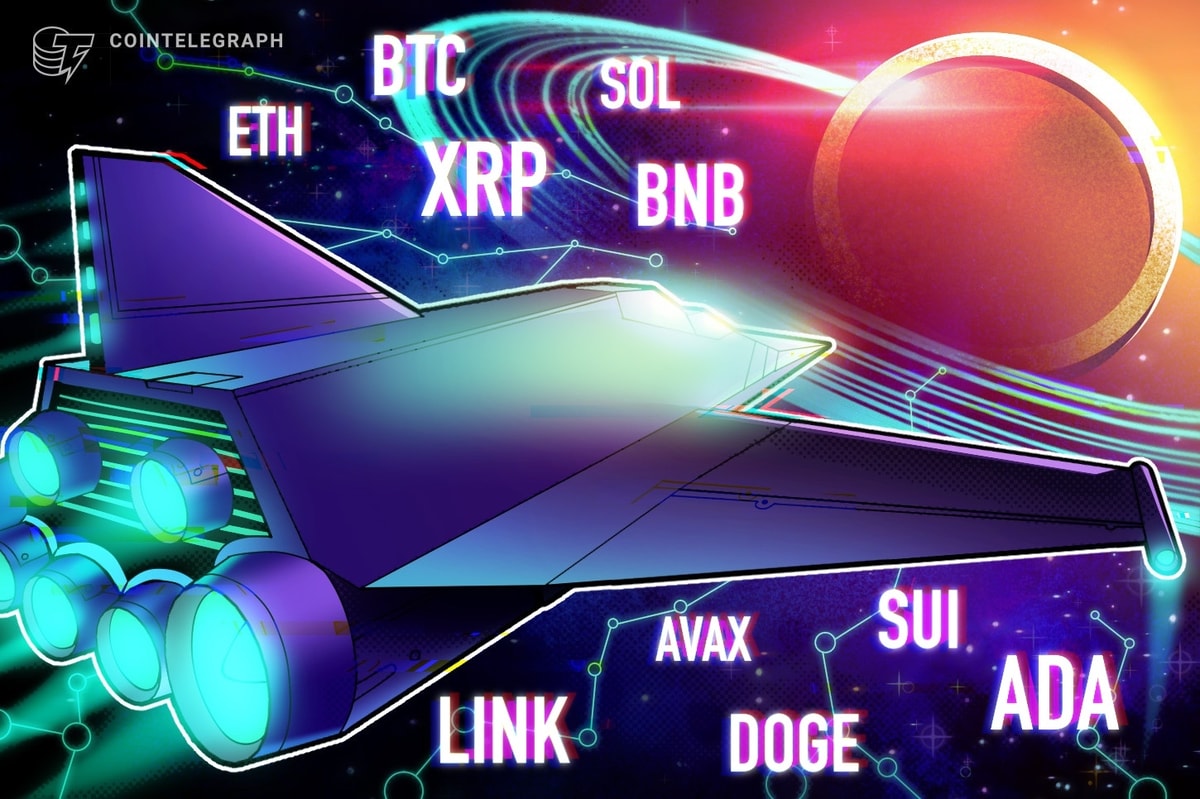Since there are no central authorities when it comes to cryptocurrency projects, decision making sometimes becomes very challenging. Most of the time the direction of the network is left in the hands of a few people, such as the project’s core development team.
Bitcoin is the classic example of a network that’s so decentralized as to make governance difficult. Even worse, numerous power-centers within the community are at odds with each other; miners may seek one form of scaling for instance, while Bitcoin businesses might choose another and ordinary users still another. Bitcoin has no real mechanism of coming to consensus on controversial issues. This led to a multi-year paralysis when dealing with the question of how to scale the network.
Fortunately, some altcoins are devising systems where governance decisions can be decentralized and still settled quickly. Many such systems are tied to a monthly funding budget, with the network’s decision enforced through funding (or the lack thereof). Dash was the pioneer in community governance, with a powerful $100 mln annual budget to enable large-scale development and integrations. deepens decentralization.
Dash: Decentralized Governance by Blockchain
Dash was the first cryptocurrency to execute a community governance and treasury system. Dash uses a two-tier network, with miners forming the first tier and masternodes forming the second. Masternodes are special nodes that perform additional services for the network.
Running a masternode requires proof of ownership of at least 1,000 DASH. Today, a masternode would cost over $1 mln, but many of the currency’s early adopters bought their masternodes for only a few thousand dollars. At present, there are over 4,600 masternodes.
Dash devotes 45% of block rewards to miners, 45% to masternodes and the remaining 10% to projects that are presented to and approved by the masternode network. Speaking of Dash’s divided block rewards, Dash Core Team CEO Ryan Taylor wrote:
“[Bitcoin is] facing centralization on a couple of different fronts [but] the bigger issue is why on Earth is it optimal to devote 100 percent of the network’s resources to a single task out of many that are needed? It’s ridiculously wasteful.”
Dash’s masternodes enable the currency’s InstantSend and PrivateSend functions. These enable transactions to confirm instantly and to be obfuscated to protect financial privacy, respectively. Masternodes also form the backbone of the currency’s governance system, as each masternode can vote on proposals that are submitted to the network.
In 2016, Dash’s masternodes almost-unanimously approved a 2 MB blocksize increase - in just 24 hours. At the time, Bitcoin had been struggling with that decision for two years. Masternodes also effectively have veto power over the decisions of the Core development team, since they could de-fund Core team’s salaries. This gives masternodes the ultimate decision-making power over the future of the currency.
Dash’s $100 mln annual budget can be used to pay its large development team, fund integrations, pay for public relations and marketing, sponsor conferences and the like.
Decred (Decentralized Credit)
Like Dash, Decred is a decentralized autonomous organization (DAO), designed from the ground up. Their self-funding community-based governance is integrated into its Blockchain.
There are no masternodes when it comes to Decred but coin holders can lock up funds to vote on issues such as features (hard forks), which is referred to as tickets (voting rights). Unlike Dash where masternodes can be taken offline and sold, locked funds in Decred cannot be sold which constrains the supply of coins.
To have voting rights, holders need 70 DCR, which is about $5,600 at press time. This makes their voting system much easier to participate in. The reward distribution ratio is 60 percent to miners (PoW), 30 percent to holders (PoS) and 10 percent to developers or (Decred Development Subsidy).
PIVX (Private Instant Verification)
PIVX forked from Dash, so their governance model is quite similar. Anyone can submit a proposal and have masternodes vote yes or no on that proposal. Masternode holders must have at least 10,000 PIVX tokens to run a masternode. There is a seesaw reward scheme that guarantees 90% of its block reward is shared between masternodes and staking nodes, and 10% assigned for community budget proposals.
According to the PIVX team, the governance system is being redesigned right now to expand the focus to include the entire community. In fact, the move came out of a proposal that was submitted by the community.
SmartCash
Within the gradually advancing community-based governance system in the cryptocurrency market, only SmartCash devotes 80 percent of the block reward for community development and proposals. Nicknamed SmartHive Governance, it allows every coin holder to vote on proposals and community decisions.
SmartRewards is SmartCash's price stabilization mechanism which rewards holders who have 1000 SMART in their wallet and do not move any within a 30 day period. Every 25th of the month, there is a snapshot and the next 25th rewards are distributed.
Shaping the future
As the digital currency ecosystem continues its march toward $1 trln, controversy over development decisions isn’t going to go away. While it’s likely that governance systems will continue to evolve as the ideas are perfected, it’s almost certain that such systems are here to stay. Bitcoin’s recent civil war has given governance-based projects a serious boost as the market begins to consider how to maintain consensus in a decentralized project.











